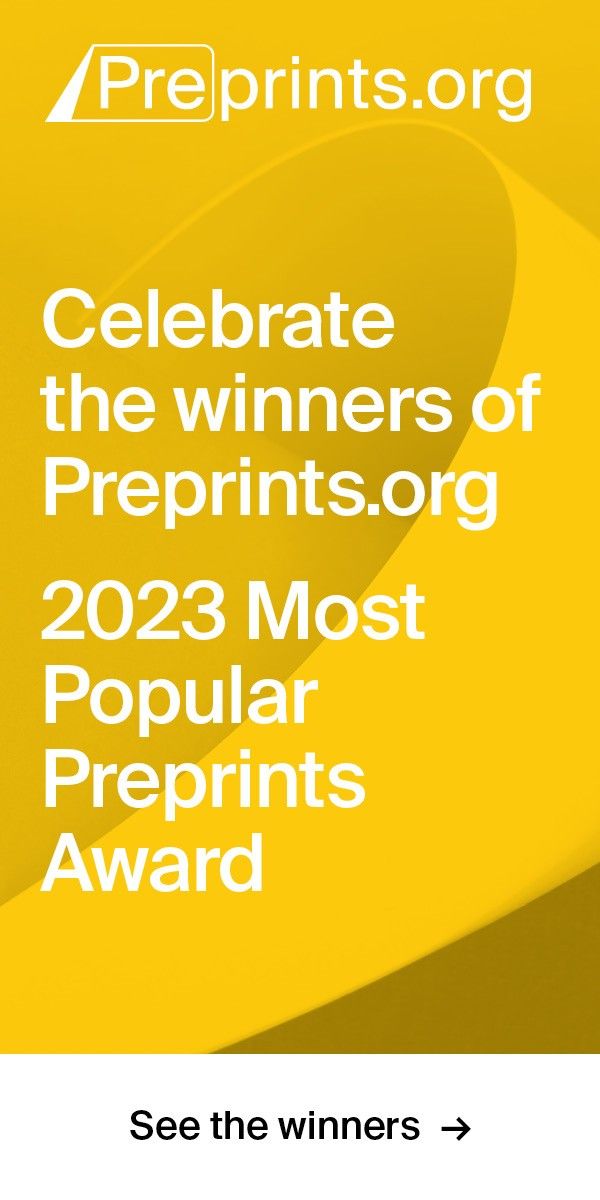Article
Version 2
Preserved in Portico This version is not peer-reviewed
Analytical and Simulation Models of Dynamic Priority Service System (DPSS)
Version 1
: Received: 31 January 2020 / Approved: 3 February 2020 / Online: 3 February 2020 (08:55:07 CET)
Version 2 : Received: 28 November 2020 / Approved: 30 November 2020 / Online: 30 November 2020 (11:09:52 CET)
Version 2 : Received: 28 November 2020 / Approved: 30 November 2020 / Online: 30 November 2020 (11:09:52 CET)
How to cite: Dadgar Arablu, F. Analytical and Simulation Models of Dynamic Priority Service System (DPSS). Preprints 2020, 2020020027. https://doi.org/10.20944/preprints202002.0027.v2 Dadgar Arablu, F. Analytical and Simulation Models of Dynamic Priority Service System (DPSS). Preprints 2020, 2020020027. https://doi.org/10.20944/preprints202002.0027.v2
Abstract
In Differentiated Services (DiffServ) architecture, Priority Service System (PSS) plays a vital responsibility to provide Quality-of-Service (QoS) for the applications based on networks. Priority queuing systems has always been a subject of interest for analytical modelling and evaluating the performance. However, previous works have mainly focused on performing priority queuing under range dependent traffics, namely Short Range Dependent (SRD) or Long Range Dependent (LRD). Recent studies revealed that realistic traffic demonstrates a heterogeneous nature for the modern networks that provide multiple services. In this paper, the results of analytical and simulation models of dynamic priority service systems is reviewed to study the heterogeneous traffic impact on designing and performance of the systems based on networks. In this paper, the results of analytical and simulation models of dynamic priority service systems is reviewed to investigate the impact of heterogeneous traffic on the design and performance of network-based systems. Here, the time of presence of requests in limited and unlimited buffer system is restricted. If the restriction is violated, the requests will be lost. The results of experiments conducted on both models are compared and it is identified that they differ in the allowable limit (2-9) %.
Keywords
service systems; service process; analytical and simulation model; request; transact; dynamic priority; limited and unlimited buffer
Subject
Computer Science and Mathematics, Algebra and Number Theory
Copyright: This is an open access article distributed under the Creative Commons Attribution License which permits unrestricted use, distribution, and reproduction in any medium, provided the original work is properly cited.
Comments (1)
We encourage comments and feedback from a broad range of readers. See criteria for comments and our Diversity statement.
Leave a public commentSend a private comment to the author(s)
* All users must log in before leaving a comment







Commenter: Fatholah Dadgar Arablu
Commenter's Conflict of Interests: Author